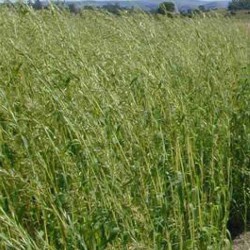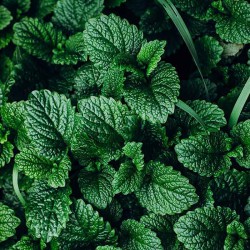Scientific name: Matricaria chamomilla
Local name: Chamomile/Camomile (English)
Daminiful (Nepal)
Geographical distribution
Chamomile is native to western Europe, India and western Asia. It has been widely introduced in North America, South America and Australia. In Nepal, it is found in hilly regions ranging from the height of 100 metres to 2200 metreshighregions.
Plant Description
It is an annual plant ranging from 60 cm to 1 metre tall, with an intensely sweet smell with a fruity undertone. The chamomile plant thrives in light and sunny conditions. The flowers, which resemble daisies having white petals and a yellow center, bloom in between May to October, depending on the conditions and are edible having a slight apple taste. They have light green and feathery fern-like leaves.
Parts used
The flower and leaves of chamomile are edible and is used to make tea or for therapeutic use. The rest of the body can be used to make herb beer.
Uses and benefits
1. Chamomile promotes sleep and treats insomnia as well as reducing stress
2. It boosts immunity, treats cold (and fights allergies) , soothes stomach aches and reduces muscle spasms and period pains
3. It promotes healing as it treats cuts, wounds and skin conditions
4. It has great skin benefits, like lightening skin color, treating sunburns, reducing acne, reducing under-eye dark circles as well as antiaging properties as it is a powerhouse of antioxidants
5. It is also a home remedy for hemorrhoids
Side effects
Chamomile is widely used therapeutically, however, it can cause allergic reactions on the skin, and eyes as well as cause hypersensitivity. It is advised to be consumed moderately as it may induce vomiting when taken in large amounts.
Cultivated or wild
It is both found in wild and cultivated.
Price Range
The flowers from our farms provides this essential oil.




